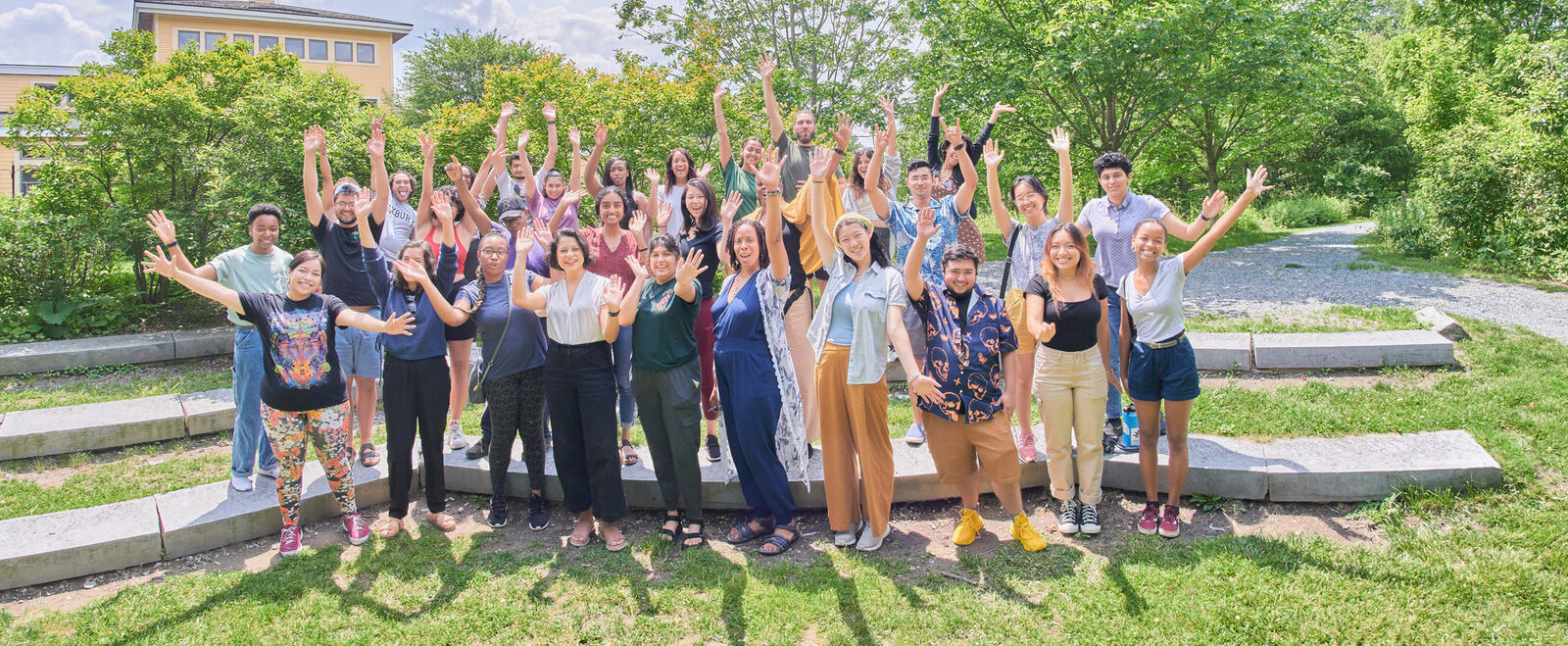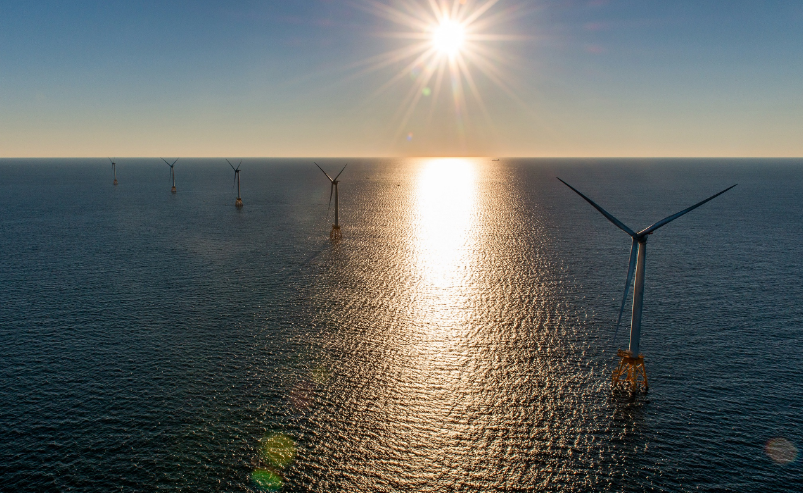For the second year in a row, Massachusetts nabbed the number one spot on a list ranking states on energy efficiency. The State Energy Efficiency Scorecard is compiled by the American Council for an Energy-Efficient Economy (ACEEE), a Washington, D.C.-based nonprofit. It rates the 50 states and District of Columbia on their implementation of policies and programs to encourage efficient use of energy across their economies. Other states that scored well include California, New York, Vermont, Connecticut, and Rhode Island.
I recently spoke with two leaders in the energy field to get their perspectives on this ranking – Ian Bowles, former Secretary of Energy and Environment for Massachusetts, and Jeremy McDiarmid, Massachusetts Director at Environment Northeast (ENE), an environmental policy nonprofit organization.
MARIELLA: What is the significance of this ranking?
IAN:Under Governor Patrick, Massachusetts has taken a number one leadership position in many clean energy and climate priorities: energy efficiency, building codes, ocean planning, creative solar incentives, offshore wind, to name a few.Of these, only energy efficiency has a very credible national scorecard. ACEEE has been smart in stoking the competition among states. What we are seeing now is the natural competitive juices flowing. Other states are looking to dislodge Massachusetts, and that is a great thing for energy efficiency.
JEREMY: I agree with Ian that it creates a race to the top among states.It’s also a recognition of excellence for all of the folks who are doing the work – the engineers, contractors, utility planners, and others who are making our homes and workplaces more efficient and more comfortable.
MARIELLA: What do you think were the key ingredients to the state’s success?
JEREMY: It took support and leadership from Governor Patrick and the legislature. It took support from important constituents, ranging from consumers and representatives of both low-income residents and business. It took effective advocacy by sustainable energy experts. It also took a willingness by people concerned with different parts of this issue – energy costs, climate change, or our economic future – to actually listen to each other and work together.
IAN: Massachusetts has done well because we have partnered with the utilities, promoted competition among vendors, and created incentives and penalties tied to performance.We live in a state literally at the end of the natural gas pipeline – so energy prices are higher here than in other parts of the U.S.That makes people more open to energy efficiency.We also have a lot of leading companies in energy efficiency here in Massachusetts – so public figures can see the jobs in it as well.
JEREMY:When the Green Communities Act passed in 2008, it fundamentally changed the way we approach energy efficiency.Instead of setting a cap on efficiency investments, we now treat efficiency as an energy resource, investing in all efficiency that is cheaper than other energy resources.The Act created a stakeholder council that works collaboratively with utilities to improve efficiency efforts.It also aligned the incentives of utilities in ways that reward excellent performance.
MARIELLA: What do we have to do to keep our number one ranking?
JEREMY: The number one ranking is a feather in our cap, but it is not a reason to rest or slow down.Let’s keep in mind that this is a relative ranking against other states – it doesn’t mean Massachusetts has passed the finish line.Many of our oldest buildings need improved energy treatments. And the energy efficiency measures we already know how to do still need to be deployed in many more homes and businesses.The ACEEE recognition simply reflects that Massachusetts is doing the right things and is on is the right path. But we are only getting out of the starting gate.
IAN: I agree. We are maybe a third of the way to where we need to be on energy efficiency – sure, best in the nation. But many great challenges still lie ahead.So, we need to keep pushing forward.We need to maintain the strong commitment to energy efficiency we have in the business community. Having businesses see the savings and agitate to keep those savings coming is important.And we have to counter the few remaining skeptics. Last year, some misinformed folks spoke about the costs of investing in energy efficiency ($2 billion) but somehow forgot to mention the benefits ($6 billion).We need to reject that talk whenever it comes up.
MARIELLA: Both of you say we have a long way to go. Can you give some examples?
IAN: We have an older housing stock and if we want consumers to do much deeper energy retrofits (like heavy insulation and weather sealing, updating heating and cooling equipment, and lighting), we need a compelling value proposition for them. So I’d like to see energy efficiency sold more aggressively to every homeowner and then build a relationship with homeowners where they are given good choices to get more savings each year.
JEREMY: Yes, that’s right. For the sake of our economy and our environment, we need to continue to make sound investments in proven efficiency programs, test new technologies, and push for even greater gains. We need to get more energy savings from each building that gets efficiency treatments.We need to find more ways to fund and finance energy efficiency.We need to continually evaluate and incorporate new technologies like LED lights and web-based energy controls.And we need to make sure everyone has access to top-notch efficiency programs, including consumers who are harder to reach and harder to serve, as well as consumers served by municipal utilities.
MARIELLA: Thank you both for making the time to talk to me today – and for all your efforts both behind the scenes and on the front lines of these efforts.
IAN: My pleasure.
JEREMY: Me too. It’s an exciting time to be doing this work.




